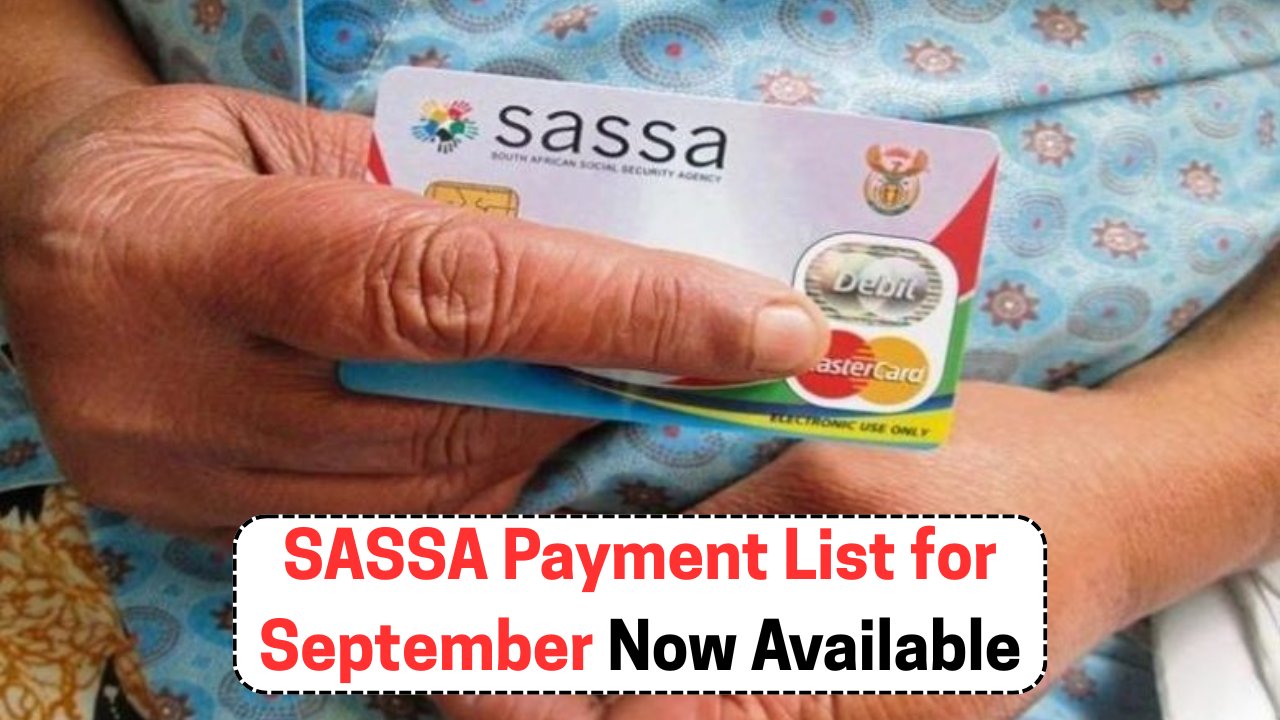SASSA September Payment List 2023: The South African Social Security Agency (SASSA) has recently announced the much-anticipated payment list for September, amounting to R3,070. This update is crucial for many South Africans who rely on these payments to support their daily needs. The list details who will receive financial assistance this month, bringing relief to numerous households across the country. As the cost of living continues to rise, these payments play an essential role in the economic stability of many families. In this article, we will explore the details surrounding the September payment list, who qualifies for the payments, and how beneficiaries can access their funds.
Understanding the SASSA September Payment List
The SASSA payment list for September is a vital document for beneficiaries awaiting financial assistance. This list specifies the individuals who are eligible to receive the R3,070 payment, which serves as a lifeline for many. The criteria for inclusion involve meeting specific eligibility requirements set by SASSA, which may include factors such as income level, family size, and other socio-economic indicators. South Africans who are part of the program are encouraged to check their status to ensure they are on the list. The payment schedule is also crucial, as it outlines when payments will be distributed, allowing beneficiaries to plan accordingly. Understanding the list and its implications can help recipients manage their finances more effectively and ensure they receive the support they need in a timely manner.
Eligibility Criteria for SASSA’s R3,070 Payment
Determining eligibility for the R3,070 payment involves several key criteria set by SASSA. Generally, these payments are aimed at assisting individuals and families who are most in need, typically those with limited income and resources. Applicants must provide proof of their financial situation, which may include income statements, bank accounts, and other relevant documents. Additionally, the agency considers factors such as age, disability status, and family dependents when assessing eligibility. It’s important for applicants to ensure their information is accurate and up-to-date to avoid any delays in receiving their payments. For those already enrolled, maintaining eligibility requires adherence to the guidelines established by SASSA, which may include periodic reviews and updates of personal information. Staying informed about these requirements is crucial for continued support.
How to Access SASSA Payments in September
Accessing SASSA payments is a straightforward process once eligibility has been confirmed. Beneficiaries can receive their payments through various channels, including direct deposits into bank accounts, collection at designated pay points, or through the SASSA card system. The method of payment typically depends on the recipient’s preference and accessibility. For many, the convenience of direct deposit is appealing, allowing for immediate access to funds. However, those who prefer or require cash transactions may opt to collect their payments at specified locations. It is important for beneficiaries to keep track of payment dates and ensure they have the necessary identification and documentation when collecting their funds. Any discrepancies or issues with payment should be reported to SASSA promptly to ensure resolutions are made quickly.
Staying Updated with SASSA Announcements
Keeping informed about SASSA updates is essential for beneficiaries to ensure they remain compliant with requirements and aware of any changes to payment schedules or eligibility criteria. SASSA frequently provides updates through various channels, including their official website, social media platforms, and community outreach programs. Beneficiaries are encouraged to regularly check these sources for the latest information. Additionally, engaging with local community centers or SASSA offices can provide direct access to resources and assistance. For those who may have difficulty accessing online information, SASSA offers support through helplines and in-person consultations. Staying proactive and informed can help beneficiaries avoid any disruptions in their payments and ensure they continue to receive the support they need to manage their daily lives effectively.

